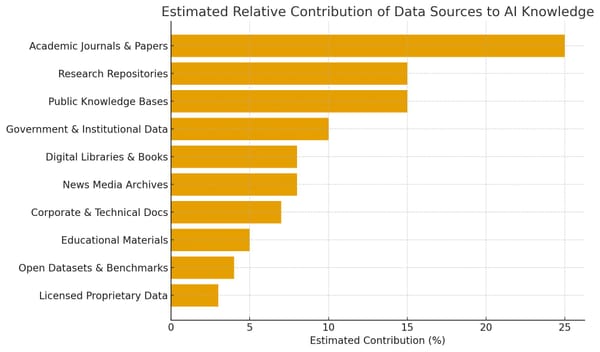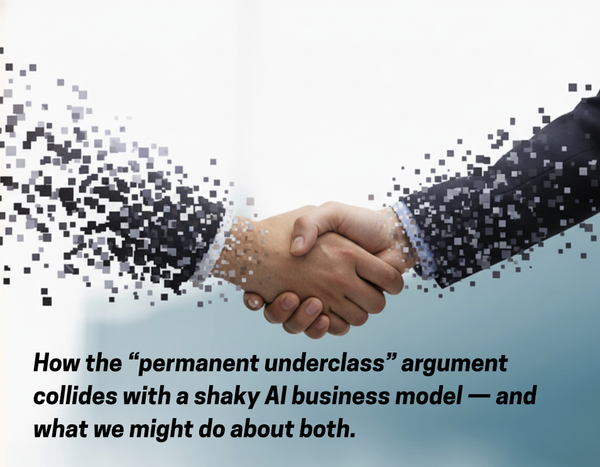Fujitsu & NVIDIA: Collaborating on Robotics and Full-Stack AI Infrastructure

What is the Partnership
- On October 3, 2025, Fujitsu announced an expanded strategic collaboration with NVIDIA. The goal is to build full-stack AI infrastructure with integrated AI agents to accelerate AI adoption in industry, government, and robotics sectors. Fujitsu+2AI Business+2
- The partnership emphasizes maintaining enterprise autonomy in using AI while increasing speed, efficiency, and specialization. Fujitsu+1
Key Components of the Collaboration
Here are the main technical and industrial components of what the two companies plan to build together:
| Component | What it is / does | Relevance for Robotics & Automation |
|---|---|---|
| Self-evolving AI agent platform | Co-development of platforms that support multiple AI agents tailored to specific industries (healthcare, manufacturing, robotics). Uses Fujitsu’s Kozuchi, workload orchestration, and NVIDIA’s Dynamo platform. Includes multi-tenant, security, model customization, inference services. TelecomTV+3Fujitsu+3ACN Newswire+3 | Robots and robotic systems frequently need specialized agents (e.g. vision, navigation, planning) and the ability to adapt or improve over time. For example, agents could manage perception pipelines, safety decision-making, or motion planning in real-world conditions. |
| Next-generation computing infrastructure | Integrating Fujitsu’s FUJITSU-MONAKA CPU series with NVIDIA GPUs, connected via NVIDIA’s NVLink-Fusion. They aim for high performance (“ze tascale-class”) systems, optimized for both AI and HPC workloads. Fujitsu+2ACN Newswire+2 | Robotics often demands tight coupling between sensing, computation, and actuation, often requiring high throughput, low latency, real-time processing (e.g. vision, control loops, real-time inference). A strong CPU/GPU integration, plus high bandwidth interconnects, can improve performance. Also relevant for digital twins, simulations, and physical AI. |
| Physical AI | The concept of AI systems that perceive real-world inputs (sensors), reason, and act via actuators (robots). Robotics and operational automation are part of this. Fujitsu refers to "physical AI, including robotics for operational automation to address labor shortages." Fujitsu+2TelecomTV+2 | This is directly robotics. The aim is to deploy robots that can sense, decide, and act in real environments (factories, health, environment). Use cases likely include robot assistants, warehouse robots, manufacturing automation, etc. |
| Use Cases & Sectors | Focus sectors include manufacturing, healthcare, robotics, customer service, environment. Japan is the starting ground but global expansion is planned. Also mention of collaboration with Yaskawa Electric (a major Japanese robotics firm). AP News+2Fujitsu+2 | In manufacturing, robotics is already well established but there is room for smarter robots (adaptive, flexible, collaborative). In healthcare, robotics (surgical, assistive) could benefit from better AI agents, safer perceptions, real-time computing. Also robotics to address Japan’s aging population and labor shortage challenges. |
Timeline and Strategic Goals
- The partnership has a target of 2030 for establishing this AI infrastructure as a foundation in Japan. Fujitsu+2AI Business+2
- The infrastructure is to be “human-centric,” meaning that it aims to solve societal issues (e.g. aging workforce in Japan) and augment rather than fully replace human roles. AP News+1
- Initially focused on Japan, leveraging Fujitsu’s local presence, supercomputing and enterprise computing experience. Later expansion globally is envisaged. Fujitsu+1
Robotics-Specific Details
- The companies mention Yaskawa Electric as a possible partner for robotics applications. Yaskawa is a major robot manufacturer in Japan. AP News+1
- Robotics use cases are likely to include operational automation on factory floors, warehouse robots, possibly robots that interact in service or healthcare contexts. These require integrating sensors, actuators, real-time decision making. Physical AI plays a key role. Fujitsu+1
Technical Challenges & Innovation
- The integration of Fujitsu’s CPUs with NVIDIA’s GPUs via NVLink‐Fusion implies solving issues of interconnect bandwidth, latency, power consumption. Real-world robotics demands low latency for sensing-to-action loops. CloudNews.Tech+1
- “Self-evolving” agents imply retraining, adaptation, continual learning. In robotics that may mean adapting to new environments, failures, wear and tear. Ensuring safety, reliability, validation will be critical.
- Simulations and digital twins are mentioned; robotics development often relies heavily on simulation before deployment. These need high fidelity to be effective. Fujitsu+1
Strategic Importance & Broader Impacts
- For Japan: Helps address labor shortages (especially in manufacturing) and the demographic challenge of an aging population. Robotics powered by smarter AI can fill gaps. AP News+1
- For Fujitsu & NVIDIA: Strengthens their positions in the AI/robotics stack. Fujitsu contributes CPU, platform, systems integration and enterprise relationships; NVIDIA contributes GPU, software tools, inference engines, agent framework.
- For global AI/robotics ecosystem: This kind of full-stack, sector-tailored agent + compute infrastructure could serve as a model for how to move AI + robotics from prototypes to scalable, operational systems.
What Remains Unclear / Open Questions
- Financial scale of investment: how much money is being committed wasn’t disclosed in the announcements. AP News+1
- Exact robotics projects and timelines: beyond naming potential partners like Yaskawa, specifics were thin.
- How safety, ethical, regulatory, and data/privacy issues will be handled, especially in robotics / physical AI.
- Performance targets for robotic agents in real environments, how robust and reliable they will be, especially in unstructured settings.
- How global expansion will work given different regulations, labor environments, etc.
Conclusion
The Fujitsu-NVIDIA collaboration marks a substantial push toward making robotics more intelligent, adaptive, and widely usable by building a full-stack foundation: CPUs + GPUs + interconnects + AI agents + industry-tailored platforms. If successful, it could help accelerate how robotics are used in manufacturing, healthcare, services, and beyond, especially in Japan initially, and later globally. The success will hinge not only on technical performance but also on deployment, safety, affordability, and the ability to evolve in changing environments.



